| বাংলায় পড়ুন | Researchers and Reporters: Shama Sultana Ayesha Akhter |
Each day consists of twenty-four hours. If you include the minutes, it’s 1440 minutes! We frequently lose focus when it comes to taking action, even when we have plenty of time. I feel like I’m in the endless ocean while I’m doing crucial tasks, like exams or presentations. We’re not sure how to go to work. Employing the ‘eat the frog’ approach will help us overcome these issues with ease. The term “frog-eating” does not specifically mean that amphibians consume frogs. It is essentially a time-management technique. Today, let’s explore this remarkable approach in more detail.
What does it mean to “eat the frog”?
The basic idea behind “Eat the Frog” is time management. When people use this technique, they prioritize and complete their most challenging jobs first. To put it simply, “eating the frog” is the practice of deciding whatever task is the most challenging for you to complete first thing in the morning. The hard chore (eating frog) should be finished in the morning, according to this plan. If two frogs must be eaten, start with the larger one. First, decide which work is more difficult and complete it.
history
According to well-known American comic and author Mark Twain,
“It’s ideal to eat frogs first thing in the morning if that’s your profession. It’s also recommended to eat the largest frog first if you have to consume two.
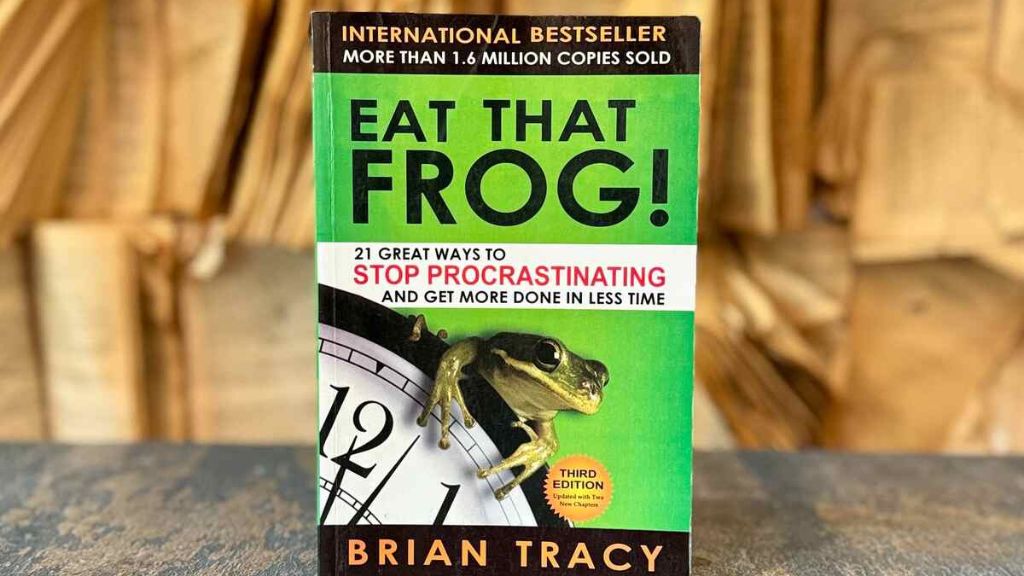
Brian Tracy’s popular book ‘Eat the Frog’ – an excellent resource for learning effective time management techniques. | Photo: Collected.
This Twain comment sparked a lot of discussion about this tactic. However, French author Nicolas Chamfort originally used the phrase “eat the frog” in his native tongue in 1790. Chamfort composed this statement for a man by the name of Monsieur de Lasse. In the middle of the twentieth century, however, Chamfort and the mysterious M. de Lassari both disassociated themselves from the phrase. In 2001, author Brian Tracy penned “Eat That Frog!: 21 Great Ways to Stop Procrastinating and Get More Done in Less Time.” He explains the “eating the frog” theory in the book and discusses how to use it more effectively.
What’s the process?
In actuality, this technique is fairly easy. This approach states that the first step is to determine which work is more crucial and whose priority is higher. They are known as “frogs” actions. It won’t be a bad day after you get them off your plate. In other words, swiftly identify and complete the most important tasks.
Three particular frog-eating tips
If you’re like Mark Twain and want to eat frogs first thing in the morning, consider these three suggestions.
First, get used to eating frogs regularly. The most important jobs of the day are your frogs, though, and to move closer to your objectives, you must complete them regularly. You will make greater progress if you consume more frogs. A considerably larger objective is represented by each frog you devour. This will allow you to reflect on your progress and see how far you’ve come when you’ve eaten 100 frogs.
Secondly, don’t prepare to eat frogs. Plan your frogs at least a day ahead of time. Making plans the day before is best practice. Because you won’t have any opportunity to get distracted.
Third, consume frogs first thing in the morning every day. The purpose of eating a frog is to get it out of the way so that you can focus on other things without worrying about it. It’s hard to overcome the mental obstacles posed by frogs. The secret is to resist the need to put off doing the challenging activity and finish it right away. In addition, you don’t experience worry or fear when engaging in other activities.

3 essential tips for eating the frog to save time using the Eat the Frog technique. | Photo: Collected.
Why is morning the ideal time?
This method is supposed to work best in the morning. “We are very energized right after waking up,” according to studies by behavioral scientist Dan Ariel. We are at our most energized, focused, and motivated two hours after waking up. Most of us will be far more successful than we would like to be if we can make the most of these valuable hours.”
The ‘eat the frog’ strategy emphasizes staying focused on a single activity each day. It is simple to finish minor jobs during the remainder of the day after finishing the most difficult one. This technique also improves focus. We frequently make mistakes and lose interest in our work when working quickly or while juggling multiple tasks at once. By using this approach, we may achieve success with ease.
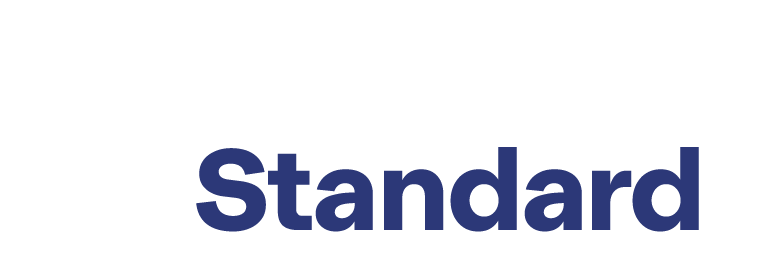








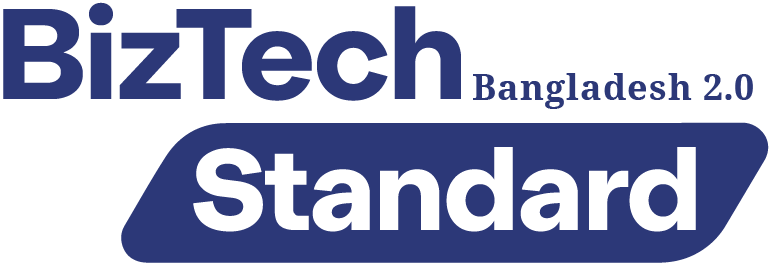
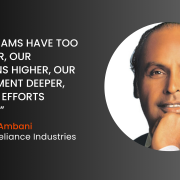








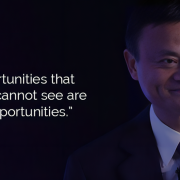



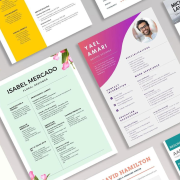
Comments